Introduction:
Hernia repair surgeries have evolved significantly over the years, with advancements in technology offering new alternatives to traditional open surgeries. Two prominent minimally invasive techniques, robotic surgery and laparoscopic surgery, have gained popularity for hernia repair. This article aims to provide a comparative analysis of robotic and laparoscopic approaches, highlighting their respective advantages and limitations in the context of hernia surgery.
1. Overview of Robotic Surgery:
Robotic surgery involves the use of a surgical robot controlled by a surgeon through a console. The robotic system provides enhanced dexterity and precision, enabling surgeons to perform complex procedures with smaller incisions. In hernia repair, the da Vinci Surgical System is often employed, offering 3D visualization and wristed instruments for precise movements.
2. Advantages of Robotic Surgery for Hernia Repair:
Enhanced Visualization: Robotic systems provide three-dimensional, high-definition imaging, allowing surgeons to have a detailed view of the surgical site.
Improved Dexterity: The robotic arms mimic the natural movements of the human hand with greater flexibility, facilitating intricate tasks during surgery.
Reduced Surgeon Fatigue: The ergonomic design of the robotic console helps minimize surgeon fatigue during lengthy procedures.
3. Laparoscopic Surgery for Hernia Repair:
Laparoscopic surgery involves making small incisions through which a camera and specialized instruments are inserted. This technique has been widely adopted for hernia repair due to its minimally invasive nature and quicker recovery times compared to open surgery.
4. Advantages of Laparoscopic Surgery for Hernia Repair:
Minimally Invasive: Laparoscopic procedures result in smaller incisions, reducing postoperative pain and scarring.
Shorter Recovery Time: Patients often experience a quicker recovery with less postoperative discomfort.
Proven Effectiveness: Laparoscopic hernia repair has been successfully utilized for years with a well-established track record.
5. Comparison and Considerations:
Cost Considerations: Robotic surgeries may be more expensive due to the initial setup costs and maintenance of robotic systems, potentially impacting accessibility.
Learning Curve: Surgeons require specialized training for both robotic and laparoscopic techniques, but some argue that the learning curve for robotics may be steeper.
Procedure Time: Robotic surgeries might take longer, but the increased precision may contribute to a more thorough repair.
6.Conclusion:
Both robotic and laparoscopic surgeries offer viable options for hernia repair, each with its unique advantages. The choice between the two depends on factors such as surgeon expertise, patient-specific considerations, and the availability of resources. As technology continues to advance, the field of minimally invasive hernia repair is likely to see further refinement and innovation, providing surgeons with increasingly sophisticated tools to enhance patient outcomes.
